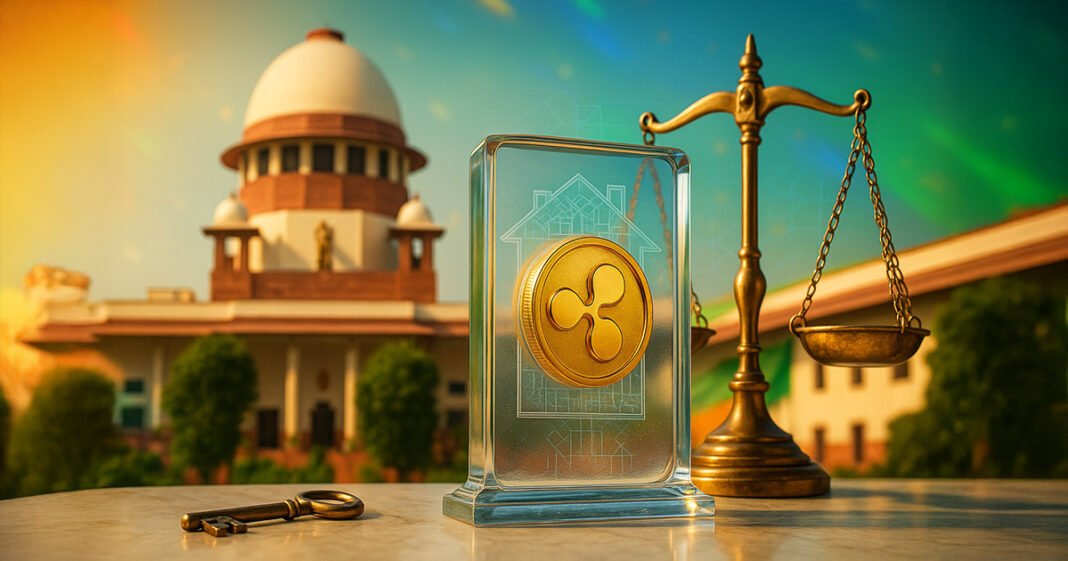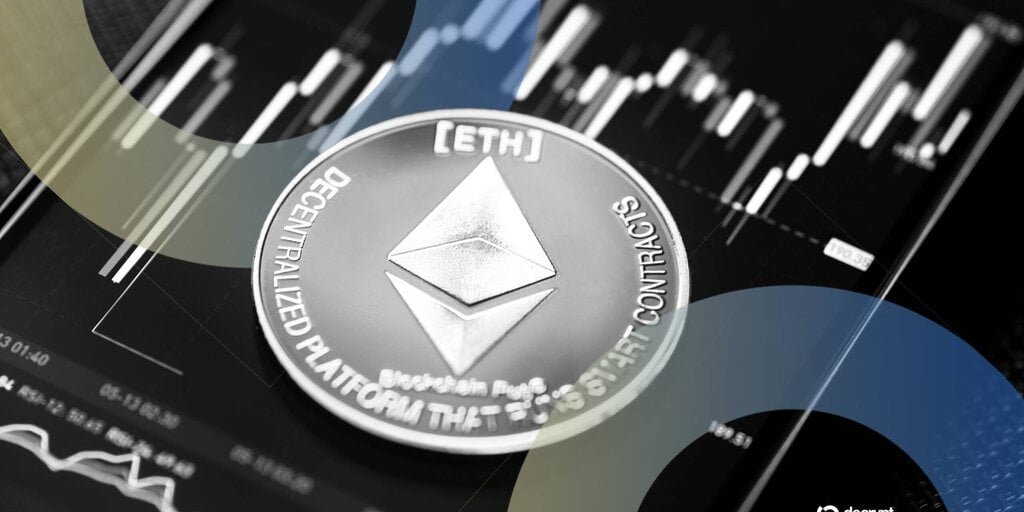Crypto as Property: The Indian Precedent
WazirX’s XRP Debacle
The Madras High Court delivered a decisive blow to the argument that cryptocurrency is merely a speculative instrument, ruling it instead qualifies as property under Indian law. Justice N Anand Venkatesh barred WazirX, a prominent crypto exchange, from reallocating 3,532.30 XRP coins belonging to a user named Rhutikumari. This ruling effectively treats crypto holdings as distinct property rights, rather than just unsecured claims during bankruptcy or restructuring proceedings.
WazirX argued that a Singapore High Court-supervised restructuring scheme should dictate the handling of these assets, following a hack that led to the suspension of withdrawals. The exchange contended that it doesn’t own the crypto wallets themselves and that all users would receive pro rata compensation. However, the Madras High Court rejected this argument, asserting jurisdiction because Rhutikumari transferred funds from, and accessed the platform within, India.
Implications for Exchanges
This decision could force exchanges to rethink their operational models, especially regarding user asset management during times of financial distress. The ruling emphasises that local courts retain jurisdiction over assets accessed and funded domestically, regardless of where corporate restructuring occurs. In 2025, as more jurisdictions grapple with defining crypto’s legal status, this precedent could empower users seeking recourse against exchanges that mismanage or attempt to redistribute their holdings.
Global Jurisdictional Landscape
US: A Pragmatic Approach
While regulatory classifications differ by agency in the United States, courts routinely treat crypto as property for remedial purposes. The New York state court’s temporary restraining order over stolen USDC in the LCX case, and the use of NFTs for service, exemplify this. Federal courts also utilise measures like wallet freezes and asset seizures under Rule 65 and civil forfeiture statutes.
UK: Codifying Digital Asset Rights
English courts have similarly recognised crypto as property, granting proprietary injunctions, freezing orders, and Bankers Trust disclosure orders against exchanges, even those based overseas. Landmark cases like AA v Persons Unknown (involving Bitfinex) and Fetch.ai v Persons Unknown (involving Binance) have established this framework. Moreover, Parliament is actively codifying digital-asset property concepts, following the Law Commission’s 2023 report, further solidifying the legal foundation for these types of orders. This forward-thinking approach places the UK as a leading jurisdiction in digital asset regulation, ensuring the court has the power to provide remedies for crypto related disputes.
Singapore: Trust and Proprietary Relief
Singapore’s High Court has also been proactive, granting proprietary and worldwide freezing injunctions over stolen crypto in CLM v CLN. Moreover, it has recognised NFTs and tokens as property, and affirmed that crypto can be held on trust in Bybit v Ho Kai Xin. This is particularly relevant when users claim an exchange or insider holds assets on their behalf.
Key Considerations for Crypto Users
Terms of Service Matter
The enforceability of contractual terms remains paramount. In jurisdictions like the US, if an exchange’s terms of service transfer title of assets (as is common in yield or “earn” programmes), users may be treated as unsecured creditors in insolvency, with limited recourse. The Celsius Earn ruling highlights this risk, underscoring the importance of understanding the fine print.
Custody is King
The nature of custody arrangements is also crucial. Customers who hold assets in omnibus accounts or “Earn” programs may find themselves with fewer protections than those who have proper custody arrangements, where the platform acts as a bailee. This distinction can significantly impact recovery prospects in the event of an exchange’s collapse.
Trust Doctrine
The concept of “trust” is gaining prominence. As seen in Singapore’s legal landscape and referenced in the Madras ruling, if an exchange is deemed to be holding assets “in trust” for its users, this can provide stronger legal grounds for recovery during insolvency. This highlights the need for exchanges to clearly define and honour their custodial responsibilities.
The Road Ahead
Harmonisation and Clarity
The Madras High Court ruling, along with precedents from the US, UK, and Singapore, signals a growing global consensus: crypto assets deserve legal recognition and protection as property. However, significant challenges remain. Different jurisdictions still employ varying regulatory classifications, and the specific facts of each case can heavily influence the outcome.
A Call for Due Diligence
As we move further into 2025, the onus is on crypto users to exercise due diligence. This means understanding the terms of service of exchanges, being mindful of custody arrangements, and staying informed about the evolving regulatory landscape in their respective jurisdictions. While the legal framework is gradually catching up, vigilance and informed decision-making remain the best defenses in the volatile world of crypto assets.






